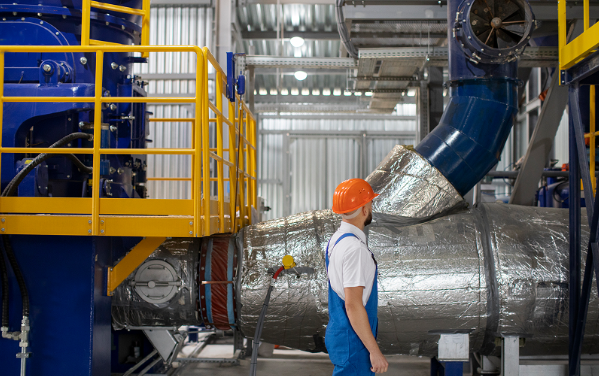Removable passive fire protection (PFP) systems are a critical part of safeguarding equipment and personnel in high-risk environments. Yet, even the most advanced solutions like removable jet fire PFP can underperform if poorly maintained or installed. While the goal of PFP systems is to provide reliable, long-term fire resistance, their removable nature introduces new considerations. If you work in oil and gas, chemical, or power industries, these 10 tips will help you boost your removable PFP effectiveness starting today—without compromising accessibility, safety, or regulatory compliance.
1. Conduct routine inspections beyond visual checks
Visual inspections help, but they’re only the beginning. For removable PFP, checking for signs of damage, moisture ingress, or material compression is essential. Regular tactile and dimensional assessments ensure that each removable PFP still fits snugly and performs under real conditions.
2. Store PFP covers properly when removed
A removable jet fire PFP loses its protective value when mishandled during removal. Store units on clean, dry surfaces, away from mechanical damage or harsh weather. This ensures fire-retardant materials and sealing mechanisms remain intact for reinstallation.
3. Train technicians in proper removal and refitting
Not all team members understand the nuances of installing removable PFP correctly. Gaps, misalignments, or rushed work can weaken the fire barrier. Ensure all personnel handling removable jet fire PFP are trained in procedures specific to the product’s material and application area.
4. Reassess fitting after any piping or structural modification
Any change to the shape or route of pipes and vessels may render existing PFP covers unfit. After modifications, reassess whether your removable PFP still provides full coverage. Gaps or exposed flanges can compromise performance during a jet fire event.
5. Schedule periodic thermal performance testing
Don’t wait for an incident to test your protection. Thermographic checks and fire-retardant integrity assessments should form part of your preventive maintenance strategy. Even removable jet fire PFP can degrade under long-term exposure to heat, UV, or mechanical vibration.
6. Use identification tags and orientation guides
Large sites often deal with dozens or hundreds of removable PFP units. Misplacing or wrongly fitting these covers can create major safety gaps. Labelling each PFP by asset and installation orientation ensures quick, error-free reinstallation—even during emergency shutdowns.
7. Document changes and maintenance schedules
A well-maintained log of installations, removals, and inspections builds accountability and readiness. It helps identify patterns in degradation or misuse while supporting regulatory audits. For removable jet fire PFP, having records of service intervals can also guide decisions on replacement.
8. Work closely with insulation contractors and safety teams
Fire protection and thermal insulation often overlap—but not always perfectly. Coordinate between PFP specialists and insulation crews to avoid installing clashing materials. This collaborative approach ensures removable PFP complements existing systems rather than creating risk through incompatibility.
9. Plan for extreme weather conditions
Singapore’s climate may seem predictable, but industrial sites vary widely. Offshore rigs, high-humidity interiors, or equipment near heat sources pose unique risks. Choose removable PFP with resistance suited to your exact site conditions, and monitor those elements over time.
10. Choose modular solutions for flexibility and upgrades
Modular, removable PFP designs offer superior adaptability. If your site undergoes frequent changes, these systems reduce labour costs and downtime while maintaining compliance. Removable jet fire PFP can also be upgraded more easily when designed with modularity in mind.
Maximise Safety Without Sacrificing Flexibility
Removable PFP systems offer vital protection and valuable flexibility, but they only perform well when managed with care. From training and documentation to physical upkeep and modular planning, each of these tips enhances how your fireproofing works in real-world conditions. Especially in high-risk industries, attention to detail can make the difference between operational resilience and vulnerability. With proper planning, your removable jet fire PFP can shield critical equipment without impeding maintenance or inspection access.
Need support with your fireproofing systems? Contact Ancloz Engineering today to explore high-performance removable PFP solutions tailored to your industrial safety needs.







